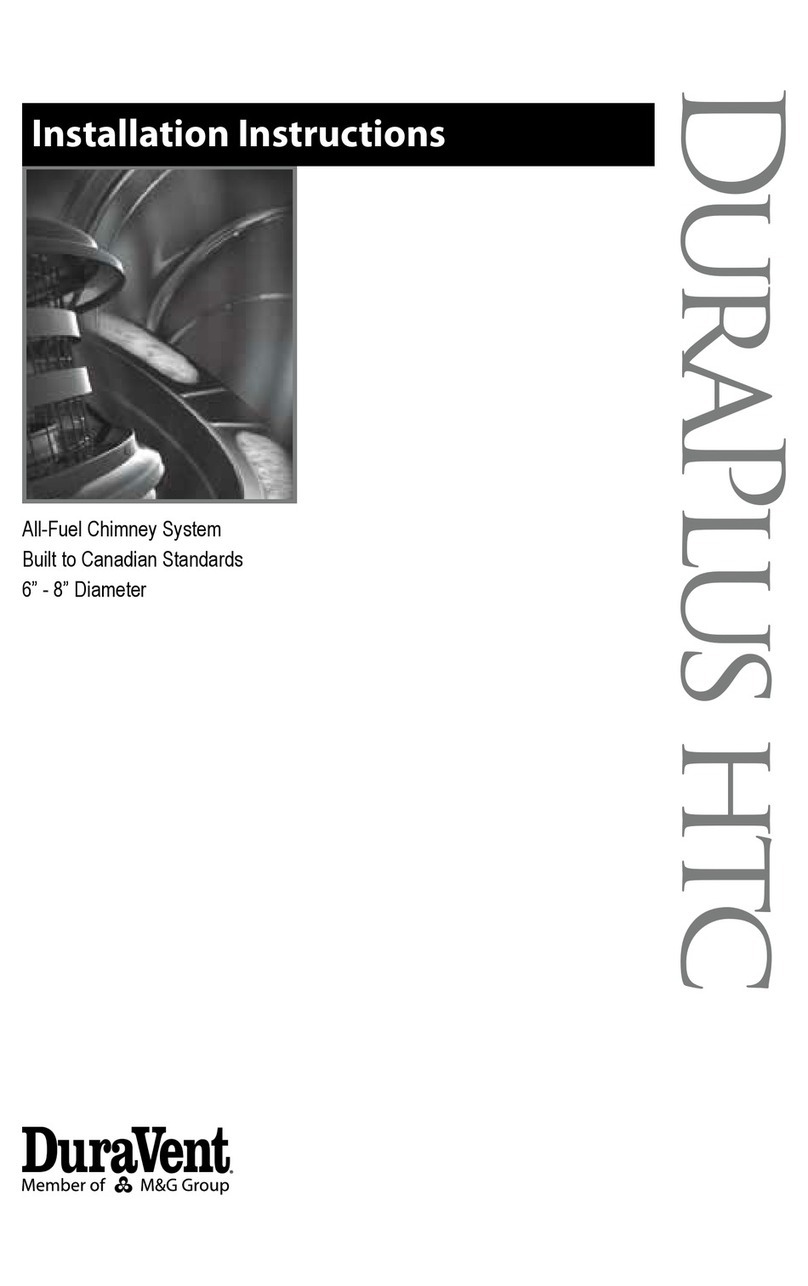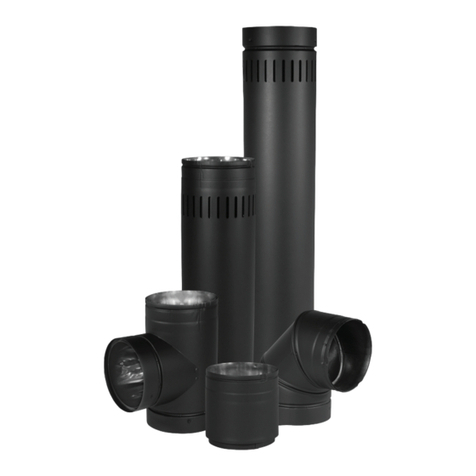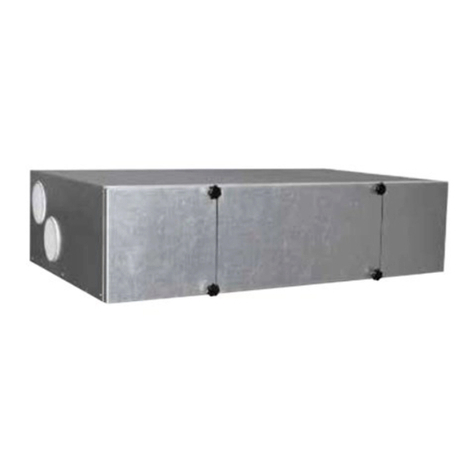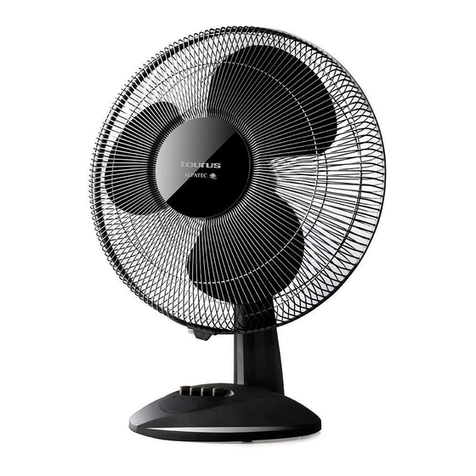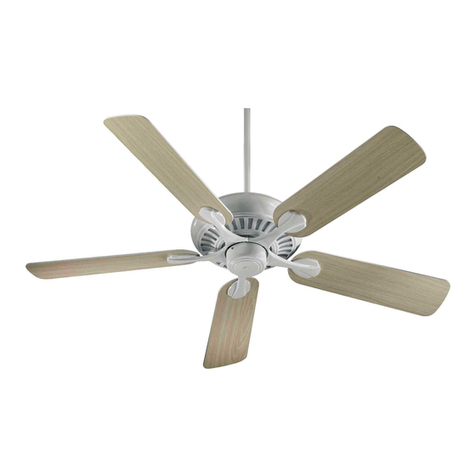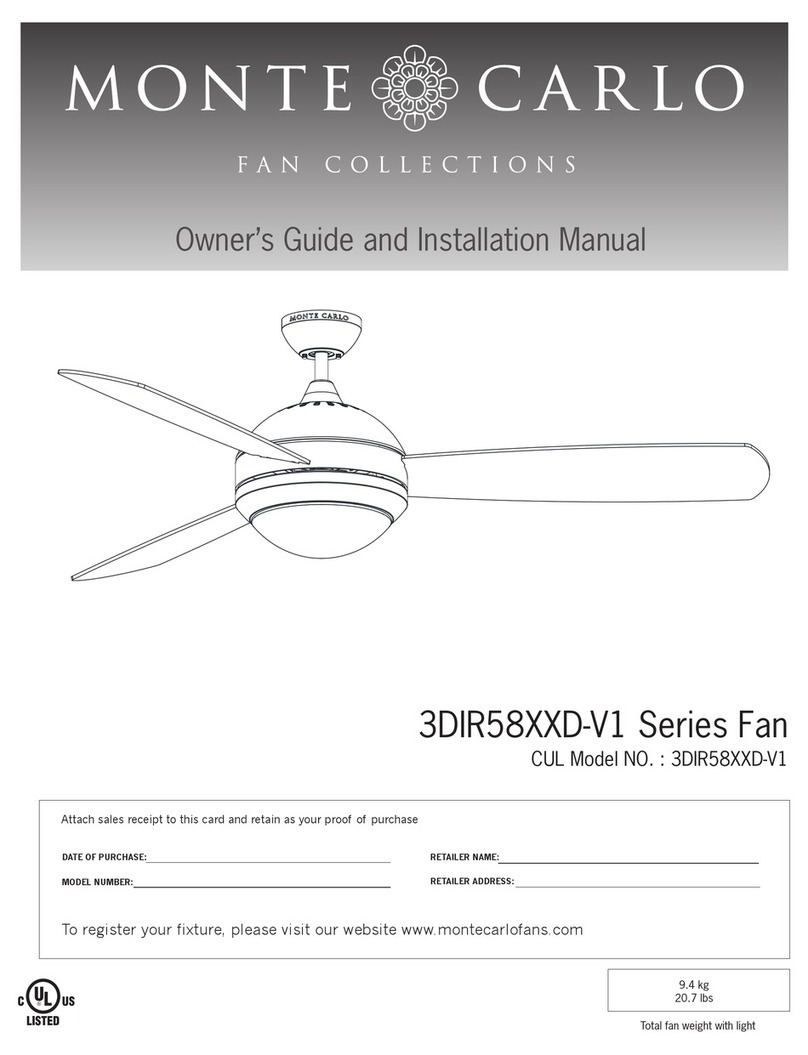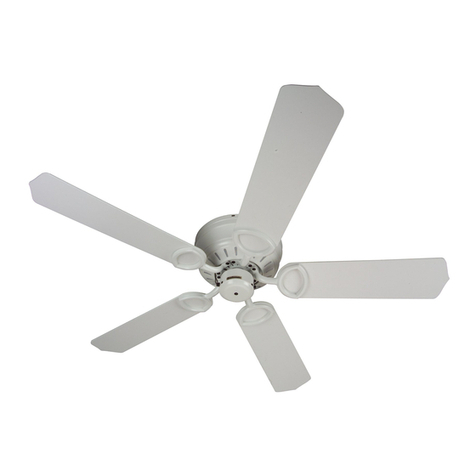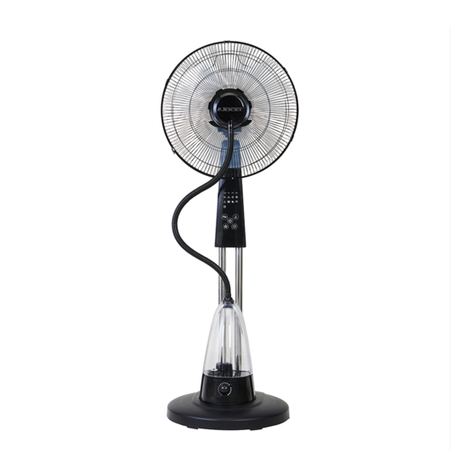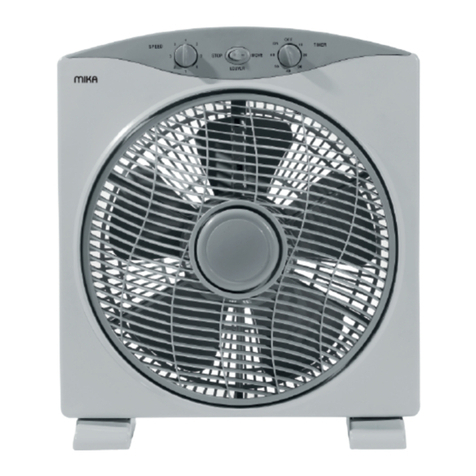DuraVent DVR User manual
Other DuraVent Fan manuals

DuraVent
DuraVent DuraTech Canada User manual

DuraVent
DuraVent PelletVent UL 641 User manual

DuraVent
DuraVent DuraSeal DS User manual
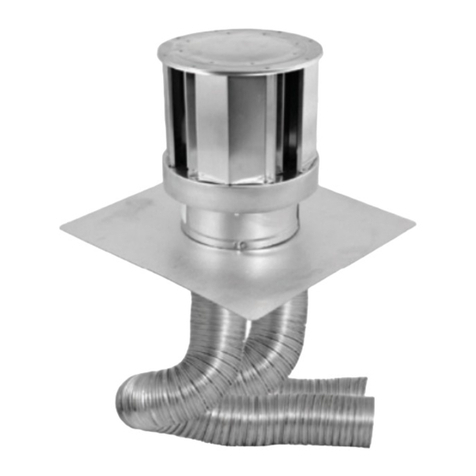
DuraVent
DuraVent DIRECT-TEMP Co-Linear Insert Kit User manual
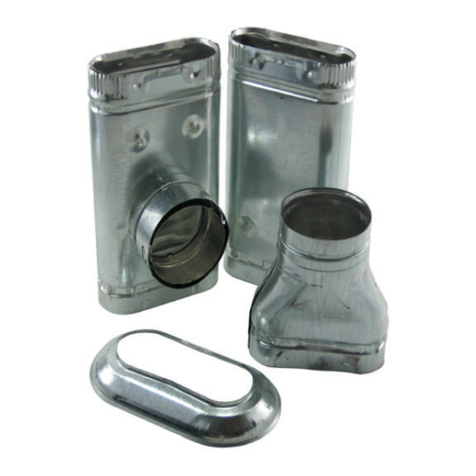
DuraVent
DuraVent BV User manual

DuraVent
DuraVent PolyPro Series User manual
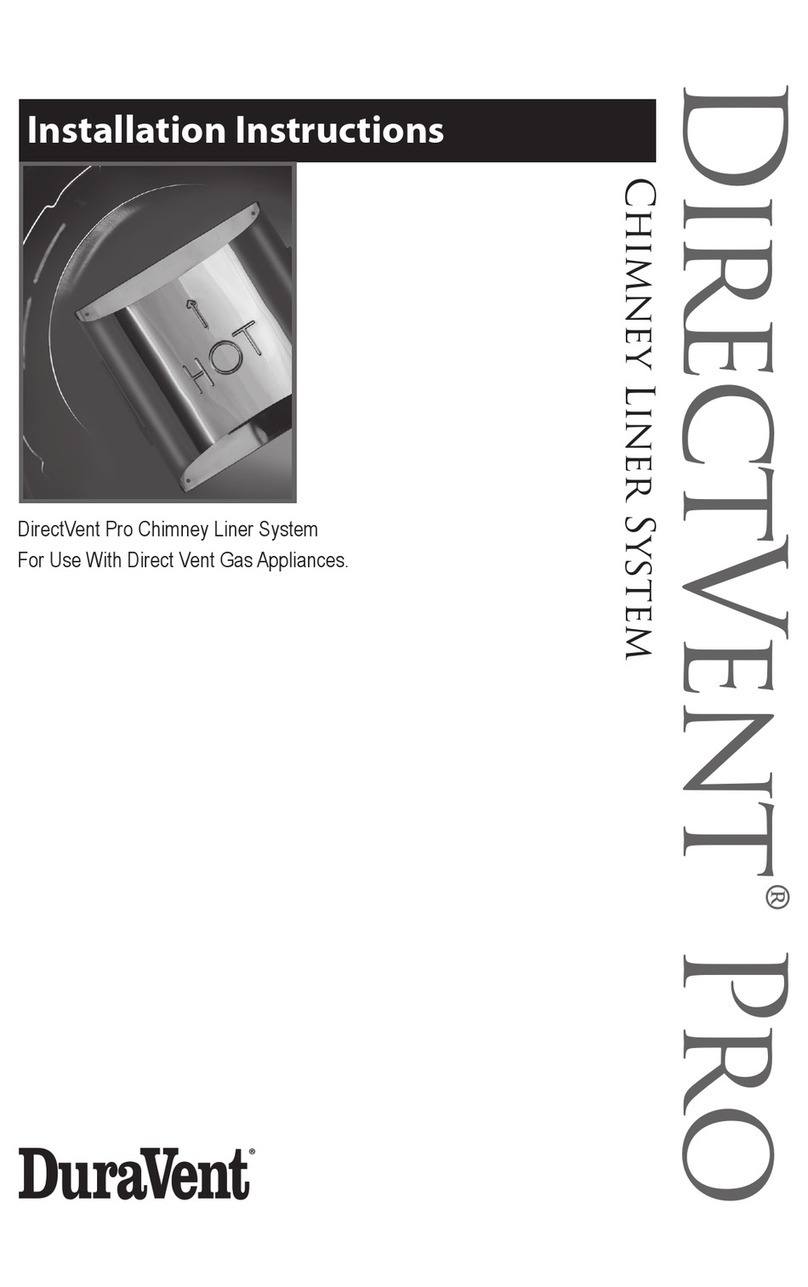
DuraVent
DuraVent DirectVent Pro User manual

DuraVent
DuraVent duraplus htc User manual
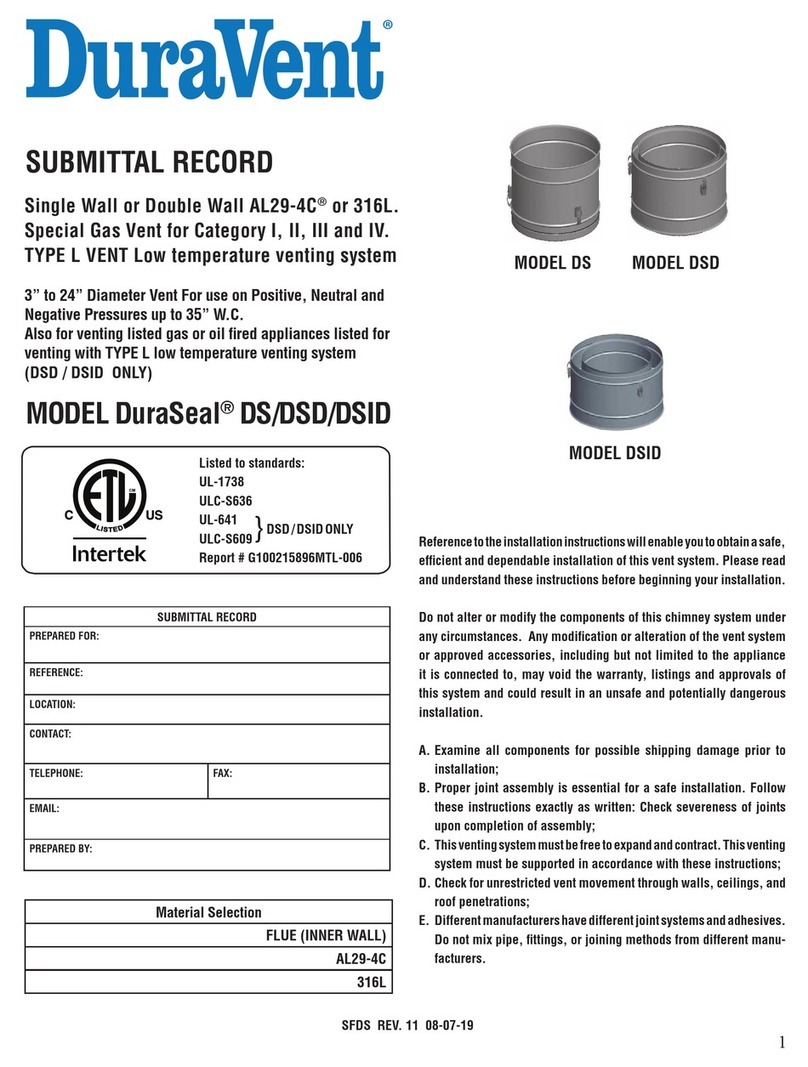
DuraVent
DuraVent DuraSeal DS User manual
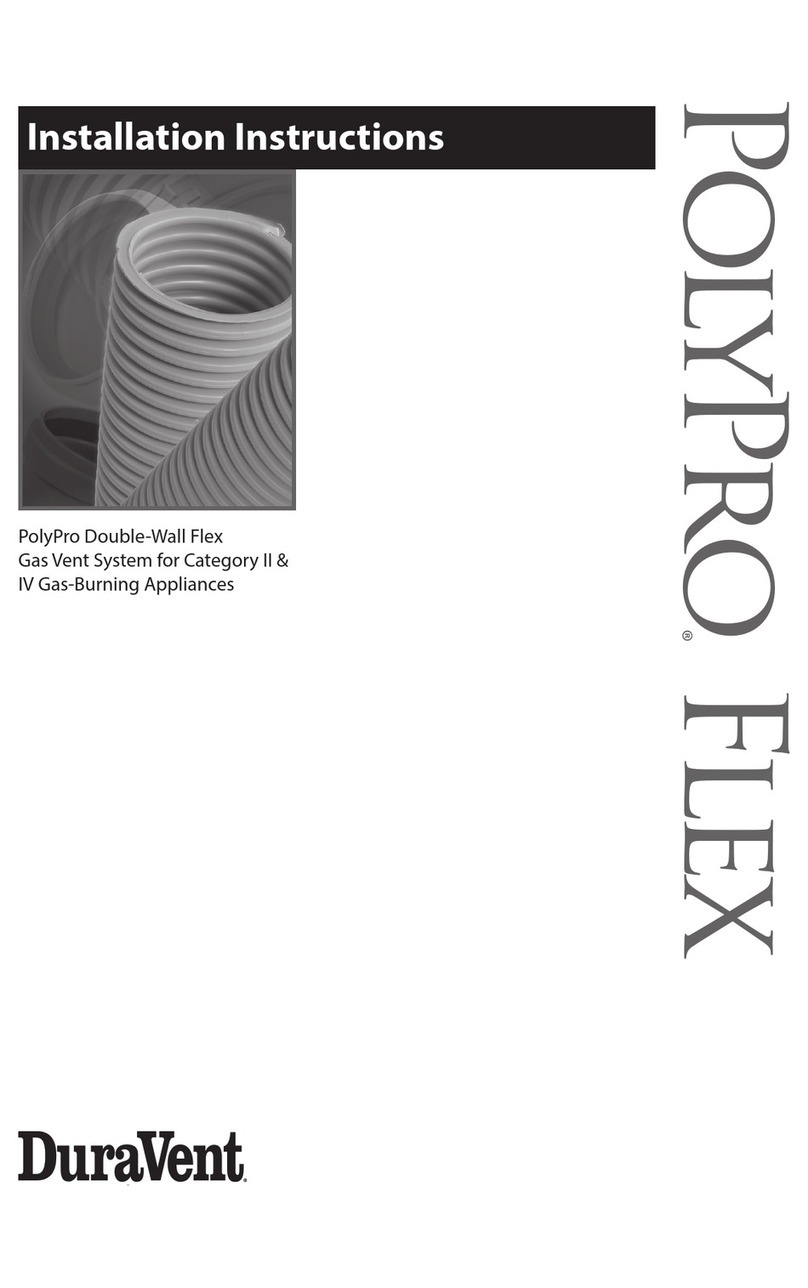
DuraVent
DuraVent PolyPro Flex Series User manual
Popular Fan manuals by other brands

Harbor Breeze
Harbor Breeze RLG52NWZ5L manual
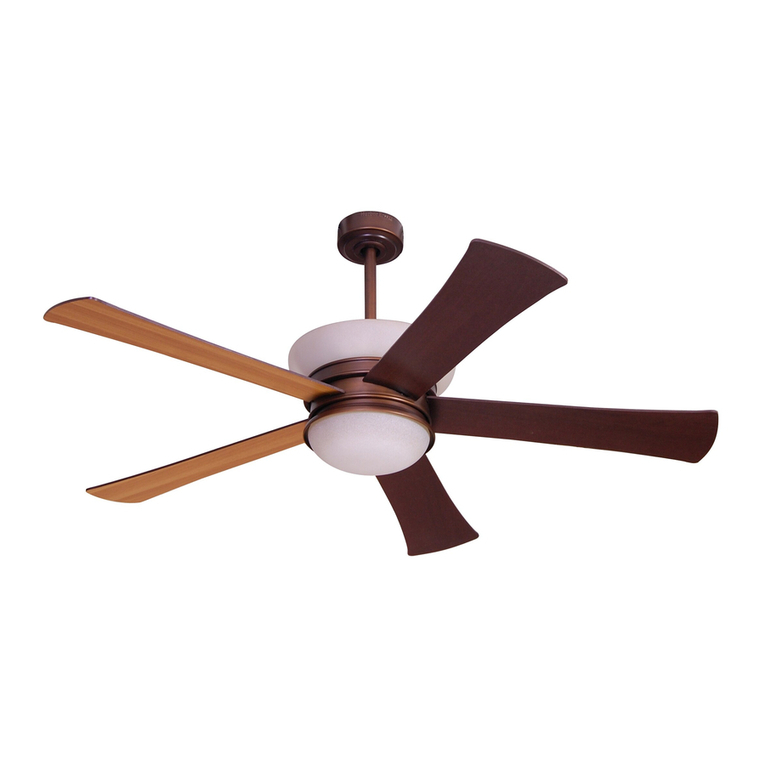
Allen + Roth
Allen + Roth L1405 instruction manual
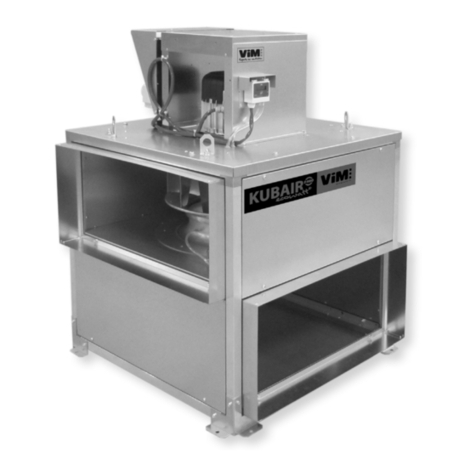
ViM
ViM KUBAIR F400 ECOWATT Technical manual

HIDRIA
HIDRIA R10R-56LPS-ES50B-04C10 user guide
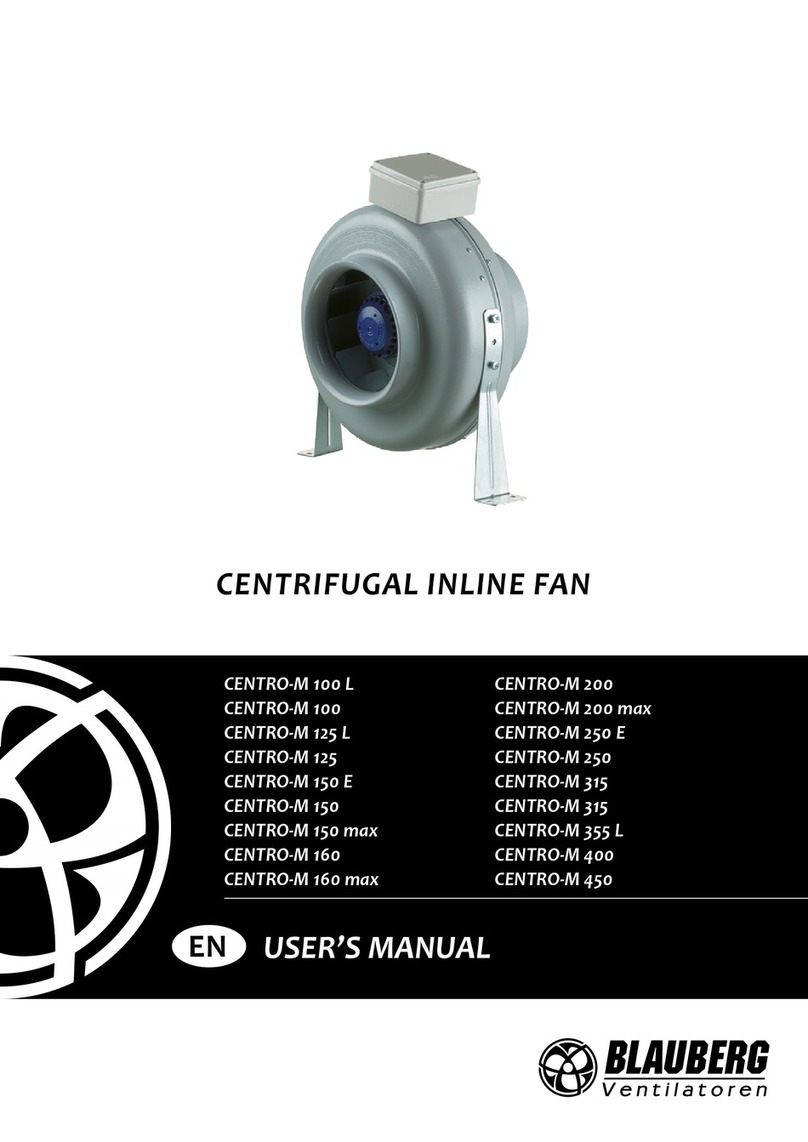
BLAUBERG Ventilatoren
BLAUBERG Ventilatoren CENTRO-M 100 L user manual

Triangle Engineering
Triangle Engineering HEAT BUSTER SPL Series owner's manual
